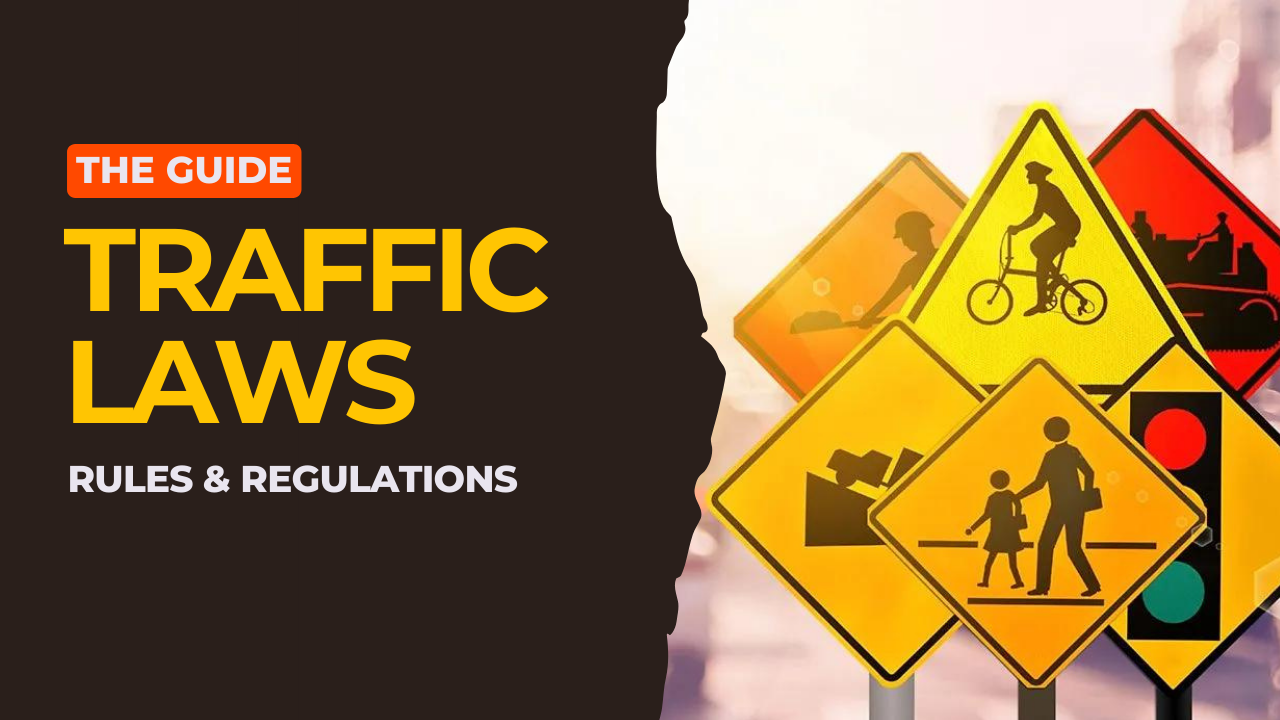India’s bustling roads are a vibrant reflection of its diverse culture and bustling economy. However, with a vast population and increasing vehicular traffic, ensuring road safety has become a pressing concern. To maintain order and protect the lives of road users, India has a robust set of traffic laws and regulations in place. In this blog post, we will delve into the intricacies of India’s traffic laws, shedding light on their significance and how they contribute to road safety.
1. The Motor Vehicles Act, 1988: The Motor Vehicles Act (MVA) is the cornerstone of India’s traffic laws, providing the legal framework for regulating motor vehicles, road safety, and driver behavior. It governs everything from vehicle registration and licensing to traffic offenses and penalties.
2. Driving License and Age Restrictions: According to the MVA, a driving license is mandatory to operate a motor vehicle in India. Different categories of licenses are issued based on the type of vehicle. The minimum age for obtaining a learner’s license for a non-gear vehicle is 16, while for a geared vehicle, it is 18 years.
3. Traffic Signals and Signs: India follows the universally recognized traffic signal system with colors red, green, and yellow indicating stop, go, and caution, respectively. Understanding and obeying traffic signals and road signs are vital for smooth traffic flow and safety.
4. Speed Limits: Speed limits vary depending on the type of road and vehicle. The speed limit for cars and motorcycles on highways is generally 80 km/h. At the same time, in urban areas, it is typically 40 km/h. Adhering to speed limits reduces the risk of accidents and ensures road safety.
5. Seat Belt and Helmet Laws: Motor vehicle drivers and passengers must wear seat belts, while motorcyclists must wear helmets. These safety measures significantly reduce the chances of injury in case of an accident.
6. Drunk Driving: Driving under the influence of alcohol or drugs is a severe offense and is strictly prohibited. The permissible blood alcohol content (BAC) is 0.03%, and violators can face severe penalties, including imprisonment.
7. Overtaking and Lane Discipline: Overtaking should be done cautiously and only from the right side of the vehicle being overtaken. Lane discipline is essential to maintain the flow of traffic and prevent congestion.
8. Pedestrian Rights: Pedestrians have the right of way at zebra crossings and traffic signals. Drivers must yield to pedestrians and exercise caution in areas with heavy foot traffic.
9. Use of Mobile Phones: Using mobile phones while driving is prohibited and can attract penalties. Hands-free devices are allowed, but distracted driving should be avoided.
10. Traffic Violations and Penalties: Traffic violations are categorized as minor, major, and dangerous offenses, each with varying penalties. Violators may be fined, and their driving licenses can be suspended or canceled in severe cases.
11. The Role of Traffic Police: Traffic police play a vital role in enforcing traffic laws, maintaining order, and managing road safety. They monitor traffic, issue fines, and provide assistance during emergencies.
12. Traffic Education and Awareness: To improve road safety and reduce accidents, traffic education, and awareness programs are conducted by various government and non-government organizations. These initiatives aim to promote responsible driving habits and educate citizens about traffic rules.
Conclusion: Paving the Way for Safer Roads
India’s traffic laws are designed to ensure the safety of all road users and promote responsible driving practices. By adhering to these laws, we protect ourselves and contribute to society’s overall well-being. Whether wearing seat belts, respecting traffic signals, or driving within speed limits, every action makes our roads safer.
As responsible citizens, we must know and abide by traffic laws. Moreover, promoting traffic education and creating awareness about road safety can significantly reduce accidents and save lives. Let us join hands in building a culture of responsible driving and making India’s roads safer for everyone. Together, we can pave the way for a future where road safety is integral to our daily lives.
